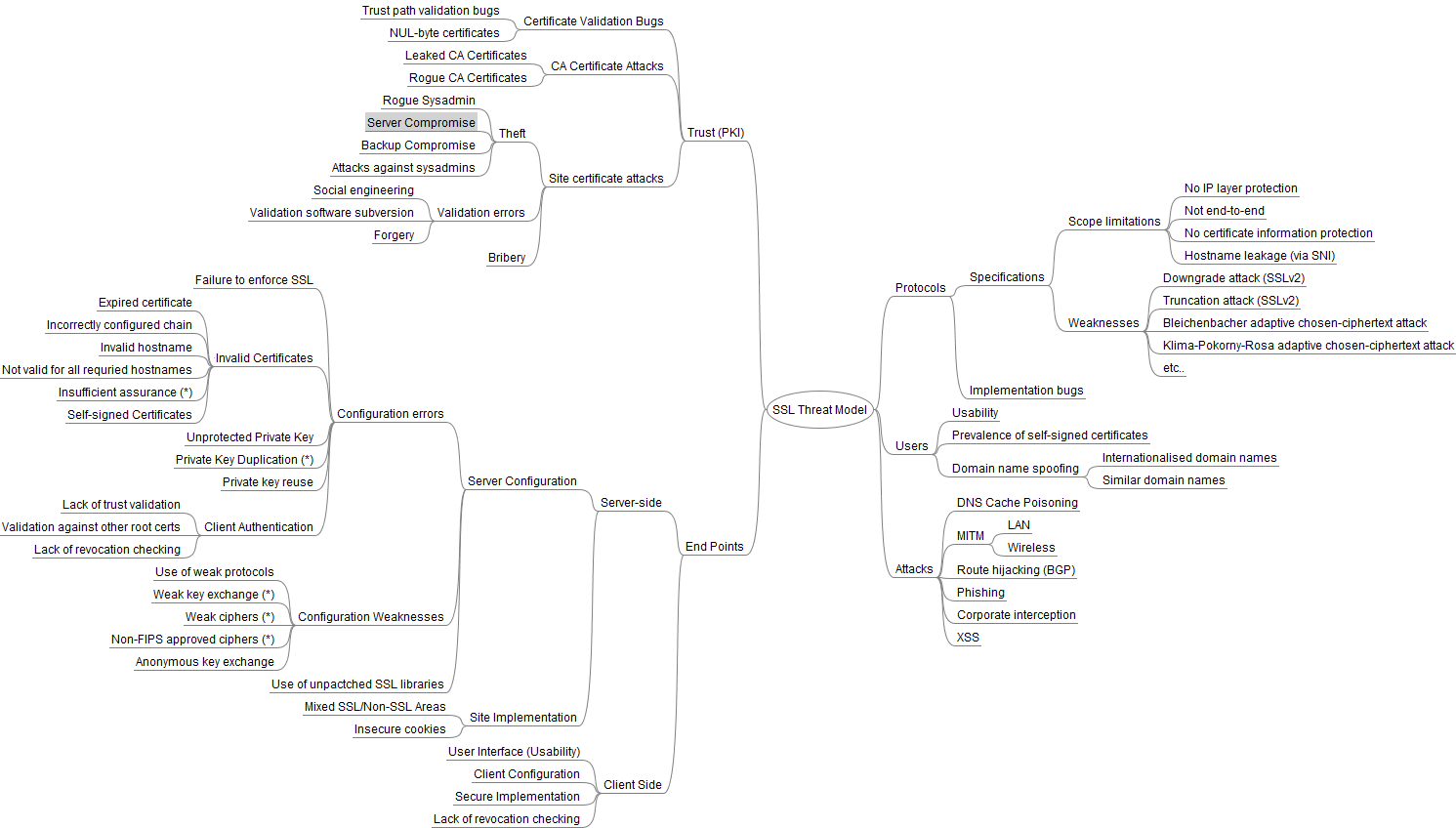Caddy Electrical 3 82 Keygen Cracker

Caddy Electrical 3 82 Keygen Photoshop Better Check Your Facebook Pictures. Earlier this year, the realms of law and new media collided when Lori Drew was hit with federal charges for creating a fake My. Jan 12, 2018 - That you can be See electrical caddy download crack. See electrical caddy. By Protey keygen and crack were. 3.82 Download bei GIGA.
Electronic safety systems are rapidly becoming major parts of modern automotive vehicles, steering toward a future of roadways filled with autonomous vehicles. Advanced driver-assistance systems (ADAS) based on radar and electronic communications circuits are promising safer future roadways. Crafting these systems requires high-frequency electronic components, such as RF/microwave printed-circuit-board (PCB) antennas for automotive radar sensors and for various forms of communications between vehicles. In turn, fabricating effective components requires suitable circuit materials. Increased reliance on high-frequency electronics can help pave safer roadways for the future. At present, more than 1.25 million automobile-related deaths occur each year globally, with another 50 million people injured.
Improving traffic safety is a key motivation for expanding the ADAS functions of vehicles. New Car Assessment Program (NCAP) organizations in several countries and regions have established car safety roadmaps, challenging automobile manufacturers to improve safety functions to earn NCAP top vehicle safety ratings. Mobility as a Service (MaaS) is also emerging as a market to provide consumers affordable transportation options versus personal vehicle ownership, which also frees passengers to convert their driving time to higher value activities.

ADAS systems such as millimeter-wave (mmWave) radar sensors help to improve the safety of commercial automotive vehicles and, as such, are graded by the Society of Automotive Engineers (SAE) in terms of six levels of vehicle autonomy, from Level 0 (no automation) to Level 5 (full automation). Many organizations focused on increasing vehicle safety approach vehicle automation from the ground (Level 0) up, while organizations interested in developing autonomous vehicles have great interest in Level 4 or 5 automation, where a driver becomes more of a passenger. Whatever the level of vehicle safety required, multiple sensors are needed for a reliable, full 360-deg. View of a vehicle’s environment.
Electronic devices contributing to that full view include light detection and ranging (LiDAR) sensors, cameras, radar, Global Positioning System (GPS) receivers, and vehicle-to-everything (V2X) communications systems. Radar sensors are important ADAS components since they can measure the distance, velocity, and angular position of targets near a vehicle. Automotive radar sensors are currently designed at two operating frequencies: 24 and 77 GHz. While the ultrawideband 24-GHz allocation (21.65 to 26.65 GHz) will no longer be available in the U. And Europe by 2022, narrowband 24-GHz (24.05 to 24.25 GHz) vehicle radar will continue to be available. The 77-GHz band extends from 76 to 81 GHz.
Radar sensors at 24 GHz are typically used for short- and mid-range functions such as rear blind-spot detection and rear cross-traffic alert. Shorter-wavelength 77-GHz radar sensors can be employed for short-, mid-, and long-range target detection.
Some long-range functions include adaptive cruise control and automatic emergency breaking. To achieve higher levels of safety and autonomous functions, 77-GHz radar requirements will increase and evolve from their current uses for object detection to object discrimination and imaging. Greater reliance on 77-GHz radar systems will require increased distance detection, distance resolution, and elevation measurements. Circuit Materials Automotive radar sensors at 24 and 77 GHz rely on high-performance circuit laminates for reliable PCB antennas at such high frequencies. Antenna frequencies and specific performance goals will determine the circuit material requirements.
